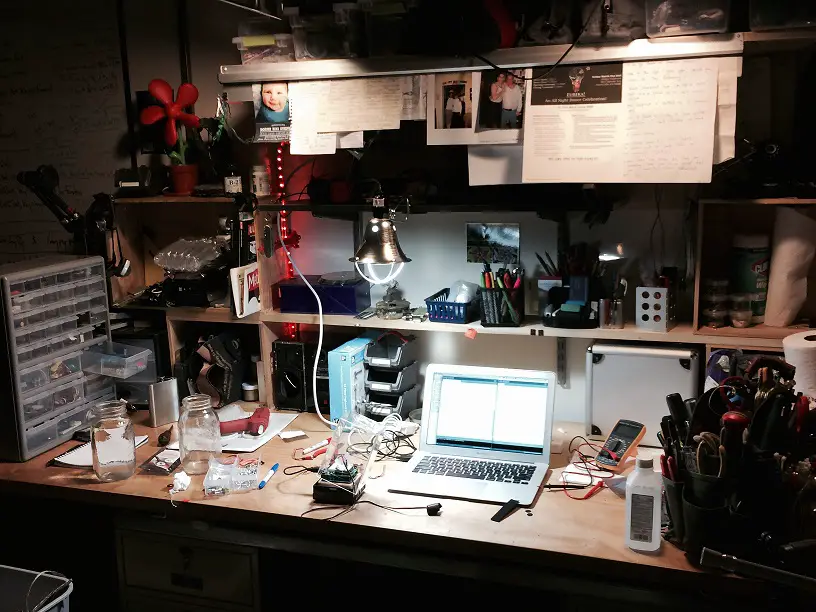awesome!!
I am so happy I found this thread! I can't believe it is so hard to find info on this, especially when this is extremely useful, just as Lemrouch stated over 2.5 years ago on the xen-devel mailing list: http://old-list-archives.xenproject..../msg00464.html
I'd like to thank everyone on this thread for the detailed information they have posted, especially powerhouse (this is the most detailed thread I have found thus far)
The plan:
I'll be running three DomU's with VGA passthrough
At least one PV DomU running OpenIndiana to manage the RAID.
I'll post my status here.
I am so happy I found this thread! I can't believe it is so hard to find info on this, especially when this is extremely useful, just as Lemrouch stated over 2.5 years ago on the xen-devel mailing list: http://old-list-archives.xenproject..../msg00464.html
What is it good for? Think about offices, schools,.. You can save lot of money when you get three computers for price of two or less.
The plan:
- Debian or Ubuntu Dom0
- iStar D-300AS (Dom0 & DomU's) just need to pick the hardware....
- Norco DS-12D SAS Enclosure (DAS)
- All this will be in a rack located in a closet
I'll be running three DomU's with VGA passthrough
- Win7 - office computer ~ 30ft from the rack
- WinXP - garage computer for auto repair software ~ 25ft from the rack
- Ubuntu - htpc with mythtv frontend & backend ~ 15 ft from the rack
At least one PV DomU running OpenIndiana to manage the RAID.
I'll post my status here.



Comment